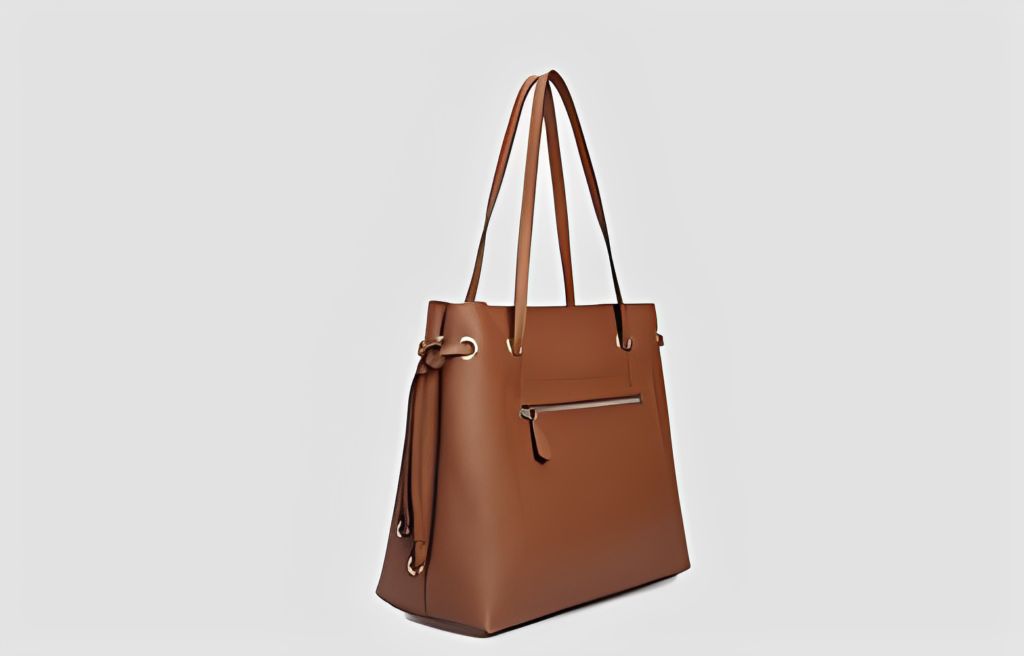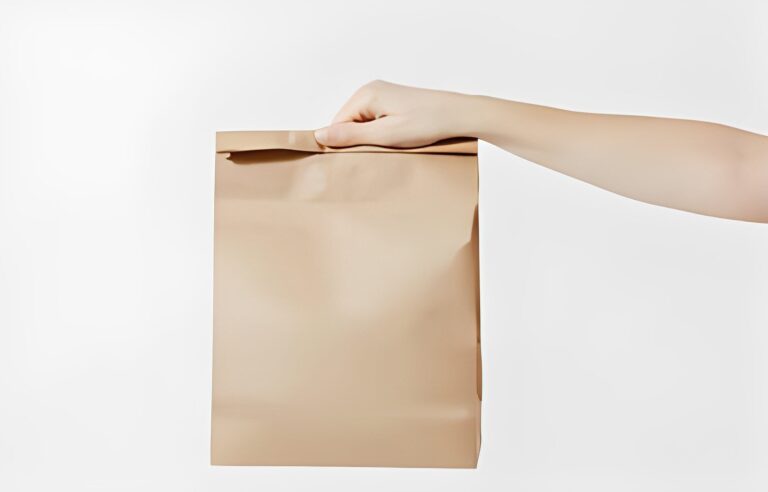How to Make a Bag Handle: Guide to Customizing Your Tote
When it comes to creating the perfect tote bag, one of the most important features is the handle. The handle not only provides functionality but also adds a unique touch to your bag. Whether you want a simple fabric handle or something more elaborate, this guide will walk you through the process of How to Make a Bag Handle.
Finding the Perfect Handle Size and Fabric | How to Make a Bag Handle
Before you start sewing your bag handles, it’s important to determine the ideal length and fabric type. Consider how you’ll be using your tote and what you’ll be carrying in it. For a basic everyday bag, a cotton or canvas fabric may be sufficient. However, if you’ll be carrying heavier items, you’ll need a sturdier and more durable fabric.
Measure the size of your tote bag to determine the ideal handle length. Take into account how you’ll be wearing your bag, whether it’s over the shoulder, crossbody, or by the handle. This will help you decide on the appropriate length for your handles.
Consider the fabric’s durability and suitability for your specific needs. If you’ll be using your tote at the beach, choose a fabric that can withstand humidity and water. For a more formal look, select a fabric with a pattern or color that complements your style.
Read More: How to Make a Strap for a Bag
Sewing Tote Bag Handles
To start sewing your tote bag handles, you’ll need sturdy fabric, a tape measure, pins, fabric scissors, a sewing machine or sewing kit, and an iron. Begin by washing and drying your fabric if necessary, and then iron it to ensure a smooth surface for cutting and sewing.
Measure and cut the fabric strips for your handles, allowing for seam allowance and the desired width. Fold the fabric in half lengthwise, with the wrong sides together, and press the seam allowance. Open up the fabric and fold the raw long edges towards the center, pressing them down. Fold the fabric again so that the folded edges touch, and press once more. Topstitch down both sides of the fabric to secure the folded edges.

Strengthening and Customizing Your Handles
If you want to add extra strength to your handles, consider using interfacing or interlining. These materials can be added between layers of fabric to provide durability and support. Fusible interfacing can be ironed onto the fabric, while interlining can be sewn in place.
To customize your handles, you can add decorative elements such as piping, trim, or contrasting fabric. This will give your handles a unique and personalized touch. You can also experiment with different stitching patterns or embellishments to create a one-of-a-kind look.
Adjusting the Handle Length
To ensure a comfortable fit, it’s essential to adjust the handle length according to your preference. If you prefer shorter handles for carrying on your arm, measure and cut the fabric accordingly. For longer handles to wear over the shoulder or across the body, add extra length to the fabric strips. You can also make adjustable handles by incorporating sliders or rings into the design.
Different Types of Bag Handles
There are various types of bag handles you can create, depending on your desired style and functionality. Fabric handles are the most common and versatile option. They can be made using different fabrics, widths, and lengths to suit your needs.
Leather handles add a touch of sophistication to your tote bag. You can purchase pre-made leather handles or make your own by cutting strips of leather and sewing them onto the bag. This gives your tote a high-end and professional finish.
For a more intricate and decorative look, you can create braided bag handles. This involves weaving multiple fabric or leather strips together to form a strong and visually appealing handle. Braided handles can be customized in terms of color, pattern, and thickness to match your bag’s design.
Webbing handles are a convenient and easy option for those who prefer a quick and simple solution. Webbing is a durable and sturdy material that can be sewn or attached to the bag using hardware such as D-rings or sliders. It provides a comfortable grip and can withstand heavy loads.
Managing Extra Thickness
If you’re working with thick fabrics or materials like leather, you may encounter difficulties when sewing the handles. To overcome this, you can sew a lining fabric to the back of the handle to reduce the thickness. This not only adds stability but also creates a polished and neat finish.
Read More: How to Make a Waterproof Bag
Adding Beaded Handles
For a touch of elegance and a unique look, you can add beaded handles to your tote bag. Choose beads with large holes that can fit onto your handle material. You can either stitch the beads directly onto the fabric or create a beaded cord and attach it to the handles. Beaded handles add a glamorous and eye-catching element to your bag.
Conclusion
Creating your own bag handles allows you to customize your tote bag and add a personal touch. Whether you choose fabric, leather, braided, webbing, or beaded handles, the possibilities are endless. By following the steps outlined in this guide, you’ll be able to make and customize your own bag handles to suit your style and needs.







